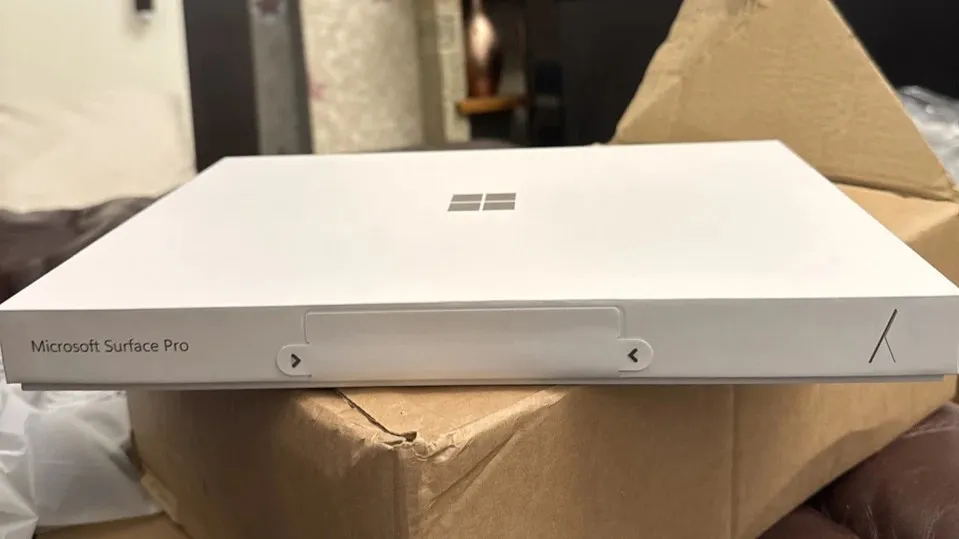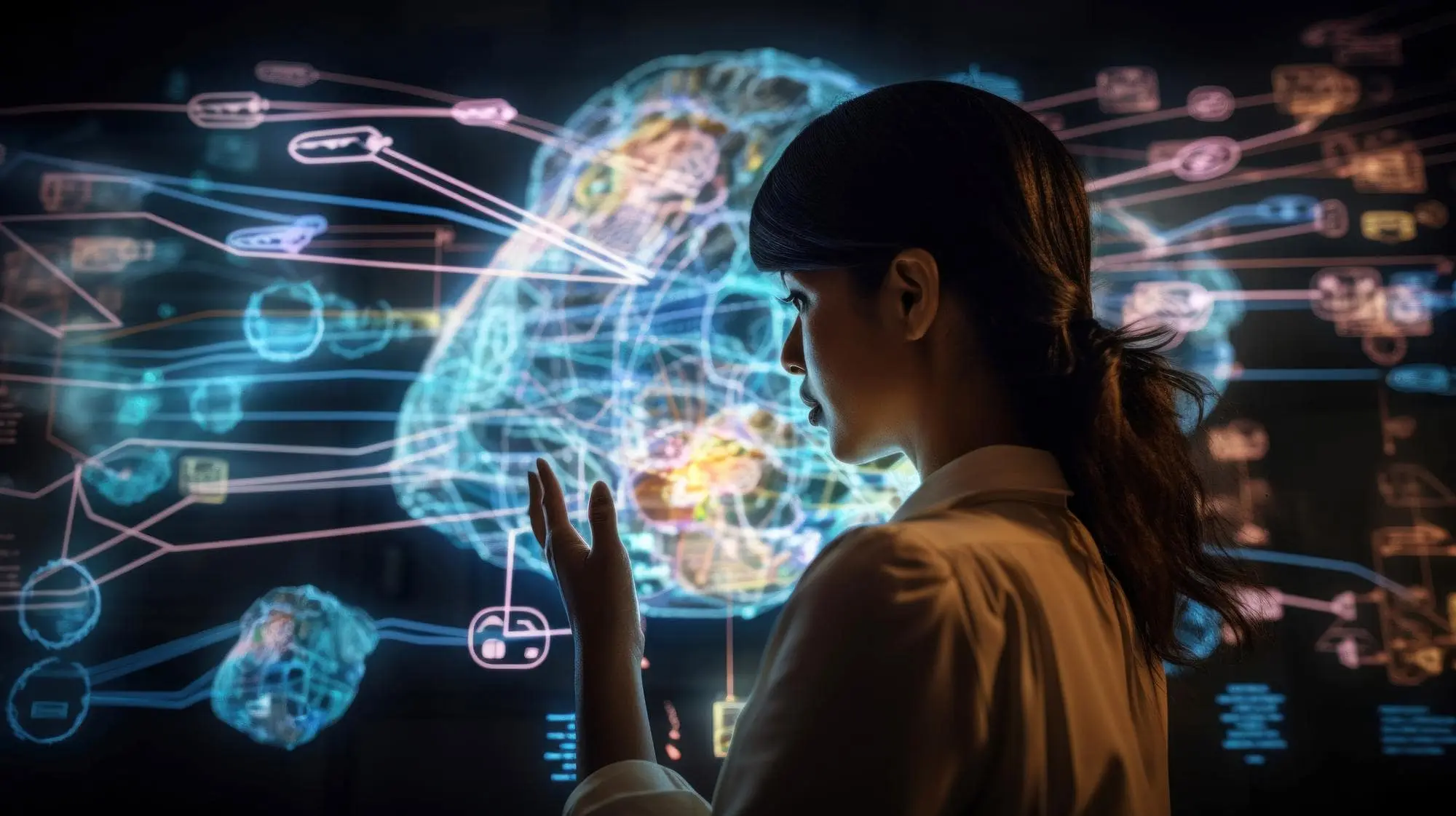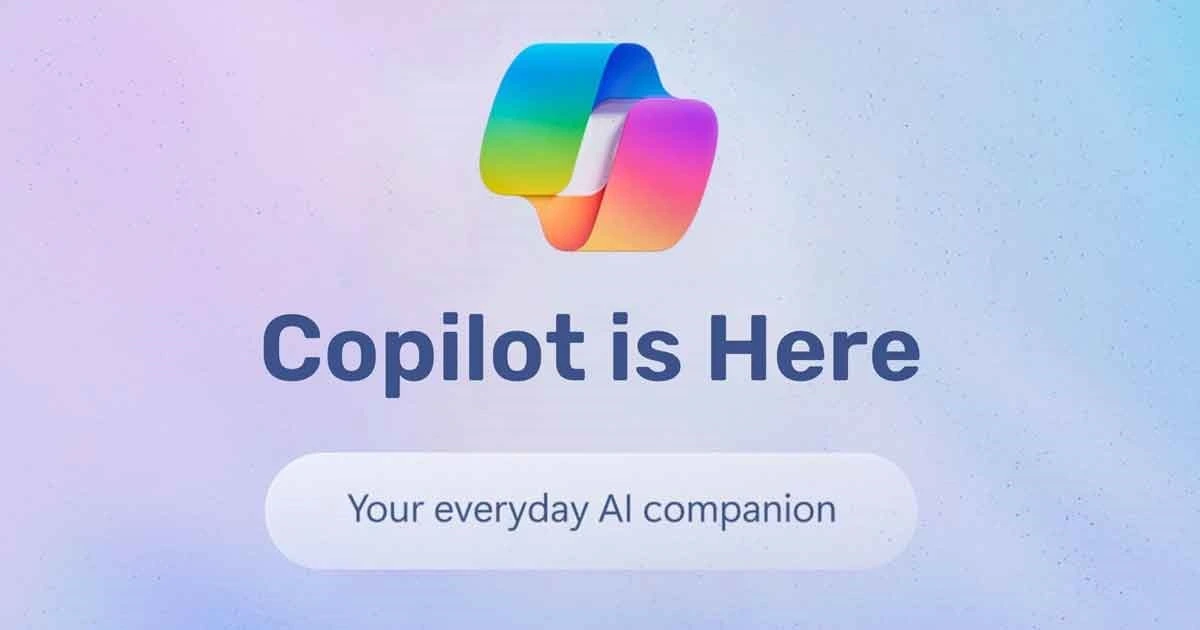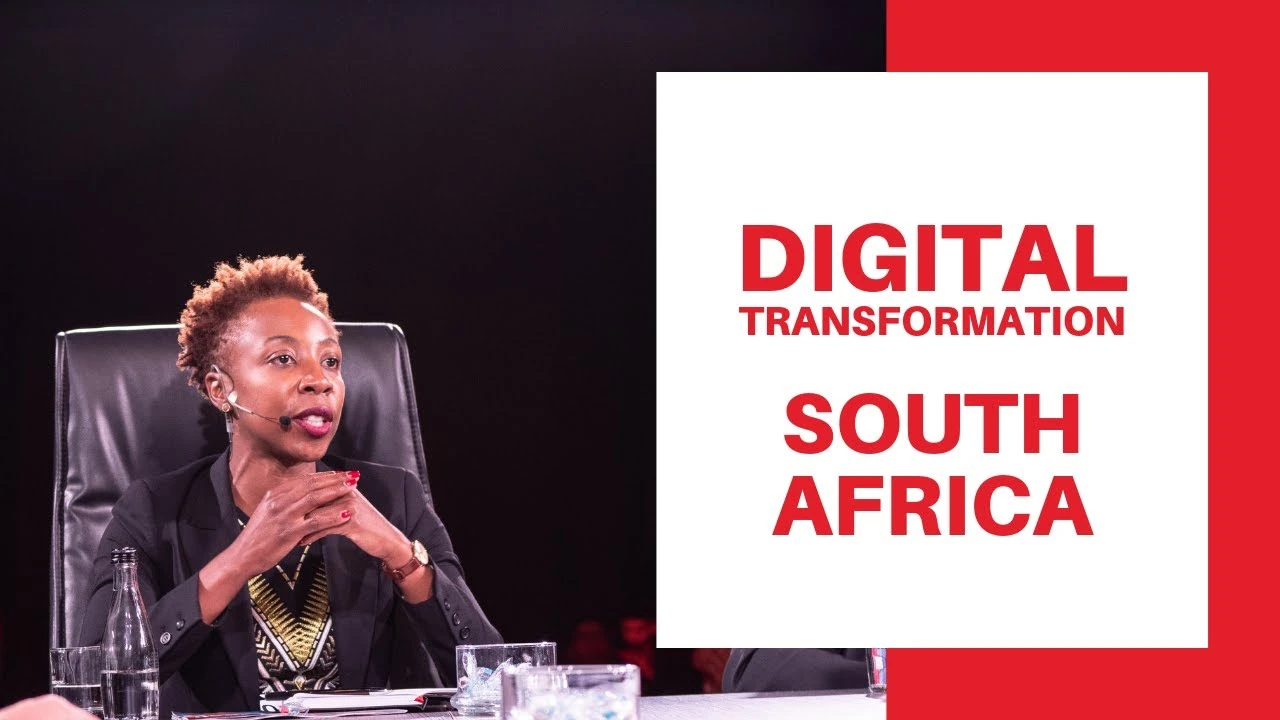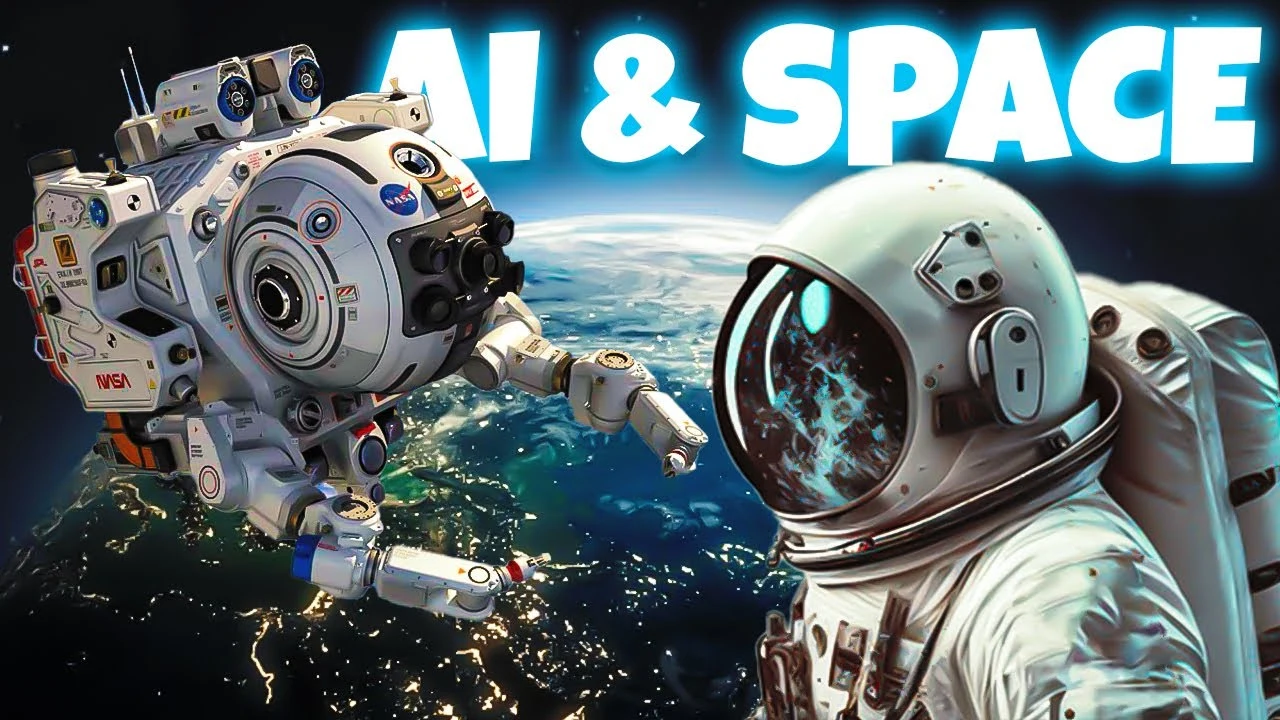
AI in Space Missions: Microsoft is collaborating with Hera to use AI for sharing its mission to defend Earth from asteroids.
Artificial Intelligence (AI) is revolutionizing space missions, driving innovation and opening new possibilities for exploration. Here’s a breakdown of AI’s impact:
Key Roles of AI in Space Missions
- Autonomous Operations: AI enables spacecraft and rovers to make real-time decisions, navigate challenging terrains, and operate independently, especially in regions where human control is limited due to communication delays.
- Data Analysis: Space missions generate immense volumes of data. AI processes and analyzes this data rapidly, uncovering valuable insights about distant planets, asteroids, and other celestial bodies.
- Planetary Defense: Machine learning algorithms are used to monitor and predict asteroid trajectories, helping scientists design strategies to safeguard Earth from potential collisions.
- Enhanced Communication: AI-powered tools streamline the exchange of information between spacecraft, Earth stations, and the public. These systems ensure accurate and engaging updates about mission progress.
Notable AI Collaborations in Space
Microsoft’s collaboration with the Hera mission is a prime example. By integrating AI, Microsoft enhances the communication and public engagement aspects of planetary defense missions. The Hera Space Companion, powered by Microsoft’s Azure OpenAI Service, allows users to interact with the mission, understand scientific findings, and appreciate the impact of planetary defense efforts.
This partnership not only protects Earth from asteroid threats but also demonstrates how AI bridges the gap between science, technology, and humanity.
The Future of AI in Space
As AI technology evolves, its role in space exploration will expand. Future missions may involve fully autonomous spacecraft, AI-guided asteroid mining, and intelligent systems managing space habitats for human colonies.
AI in space missions is transforming the way we explore the cosmos—ushering in an era of smarter, safer, and more ambitious ventures beyond our planet. What excites you most about AI’s role in space exploration?
Microsoft is collaborating with Hera to use AI
Microsoft’s collaboration with the Hera mission is a fascinating example of how artificial intelligence (AI) is revolutionizing space exploration and planetary defense. This partnership showcases the potential of AI to enhance communication, data analysis, and public engagement in space missions. Let’s delve into the details of this groundbreaking initiative.
The Hera Mission: A Guardian of Earth
The Hera mission, led by the European Space Agency (ESA), is a pivotal part of global efforts to protect Earth from potential asteroid impacts. Named after the Greek goddess Hera, the mission aims to study the binary asteroid system Didymos and its moon Dimorphos. This system gained attention after NASA’s DART (Double Asteroid Redirection Test) mission successfully altered Dimorphos’s trajectory in 2022, demonstrating humanity’s ability to deflect asteroids.
Hera’s objectives go beyond observing the aftermath of the DART impact. The mission seeks to gather detailed data on asteroid structures, dynamics, and composition. This information is crucial for developing effective planetary defense strategies and understanding the nature of these celestial bodies.
Microsoft’s Role in the Hera Mission
Microsoft’s involvement in the Hera mission highlights the transformative role of AI in space exploration. The company has partnered with ESA, Terra Mater Studios, and Impact AI to develop the Hera Space Companion, an AI-powered interactive tool. This innovative platform leverages Microsoft’s Azure OpenAI Service to enable real-time communication with the Hera spacecraft.
The Hera Space Companion serves multiple purposes:
- Public Engagement: The AI tool allows users to interact with the spacecraft, ask questions, and receive updates on its progress. This feature makes space exploration more accessible and engaging for the public.
- Data Analysis: By processing telemetry data from Hera’s instruments, the AI provides insights into the mission’s findings and enhances scientific understanding.
- Science Communication: The platform bridges the gap between complex scientific concepts and the general audience, fostering a deeper appreciation for space missions.
AI’s Impact on Space Missions
The integration of AI into space missions like Hera represents a paradigm shift in how we approach exploration and planetary defense. Here are some key ways AI is making a difference:
1. Enhancing Communication
AI-powered tools like the Hera Space Companion enable seamless communication between spacecraft and Earth. By interpreting telemetry data and presenting it in an understandable format, AI ensures that mission updates are accessible to scientists and the public alike. This capability is particularly valuable for missions operating millions of kilometers away from Earth.
2. Improving Data Analysis
Space missions generate vast amounts of data, often requiring extensive analysis to extract meaningful insights. AI algorithms can process this data more efficiently than traditional methods, identifying patterns and anomalies that might otherwise go unnoticed. In the case of Hera, AI helps analyze the impact of the DART mission and provides valuable information about asteroid behavior.
3. Supporting Autonomous Operations
As spacecraft venture farther into the cosmos, real-time communication with Earth becomes increasingly challenging. AI enables autonomous decision-making, allowing spacecraft to adapt to unexpected situations and optimize their operations. This capability is essential for missions exploring distant planets, moons, and asteroids.
4. Advancing Planetary Defense
AI plays a critical role in planetary defense by enhancing our ability to detect, track, and analyze near-Earth objects (NEOs). Machine learning algorithms can predict asteroid trajectories with greater accuracy, assess potential impact risks, and inform mitigation strategies. The Hera mission exemplifies how AI contributes to safeguarding our planet from cosmic threats.
The Future of AI in Space Exploration
The collaboration between Microsoft and Hera is just the beginning of AI’s journey in space exploration. As technology continues to evolve, we can expect even more innovative applications of AI in this field. Here are some potential developments:
1. AI-Driven Exploration
Future missions may rely on AI to navigate uncharted territories, identify scientific targets, and conduct experiments autonomously. For example, AI-powered rovers could explore the surfaces of distant planets and moons, collecting data and samples without direct human intervention.
2. Virtual Reality and AI Integration
Combining AI with virtual reality (VR) could revolutionize how we experience space missions. VR platforms powered by AI could provide immersive simulations of spacecraft operations, enabling scientists and the public to explore space in unprecedented ways.
3. Collaborative AI Systems
As space missions become more complex, collaborative AI systems could facilitate coordination between multiple spacecraft and ground stations. These systems would optimize mission planning, resource allocation, and data sharing, ensuring the success of ambitious exploration endeavors.
4. AI in Space Habitats
AI could play a vital role in managing space habitats, ensuring the safety and well-being of astronauts. From monitoring life support systems to assisting with medical procedures, AI would be an indispensable companion for humans living and working in space.
Conclusion
The partnership between Microsoft and the Hera mission underscores the transformative potential of AI in space exploration and planetary defense. By enabling real-time communication, enhancing data analysis, and engaging the public, AI is reshaping how we approach the challenges and opportunities of the cosmos.
As we look to the future, the integration of AI into space missions promises to unlock new frontiers of discovery and innovation. From protecting Earth from asteroid impacts to exploring distant worlds, AI is poised to play a central role in humanity’s quest to understand and navigate the universe.
The Hera mission serves as a testament to the power of collaboration between technology and science. With AI as our ally, the possibilities for space exploration are boundless, and the dream of a safer, more connected universe is within reach.

